-
THE CHILD
-
THE EDUCATOR
-
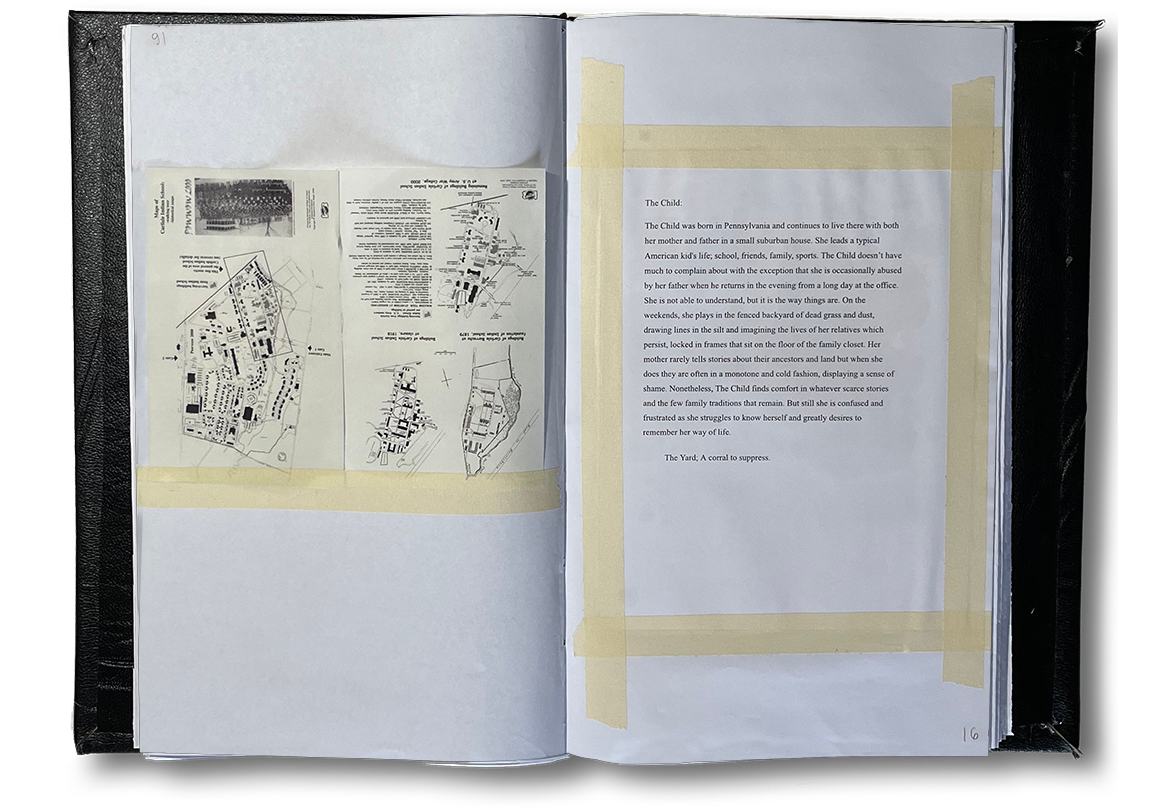
-

-
#16 titled The Schoolyard shows a descent into the
ground with certain areas exhumed and open to the sky,
gradually descending deeper. The drawing references the
graves of children buried on the grounds of residential
schools and the uncovering of them which parallels the
discovery of the truth. Additionally, many children who
attended these schools were caretakers of the school
grounds and eventually were buried there, articulating a
tragic irony.
-
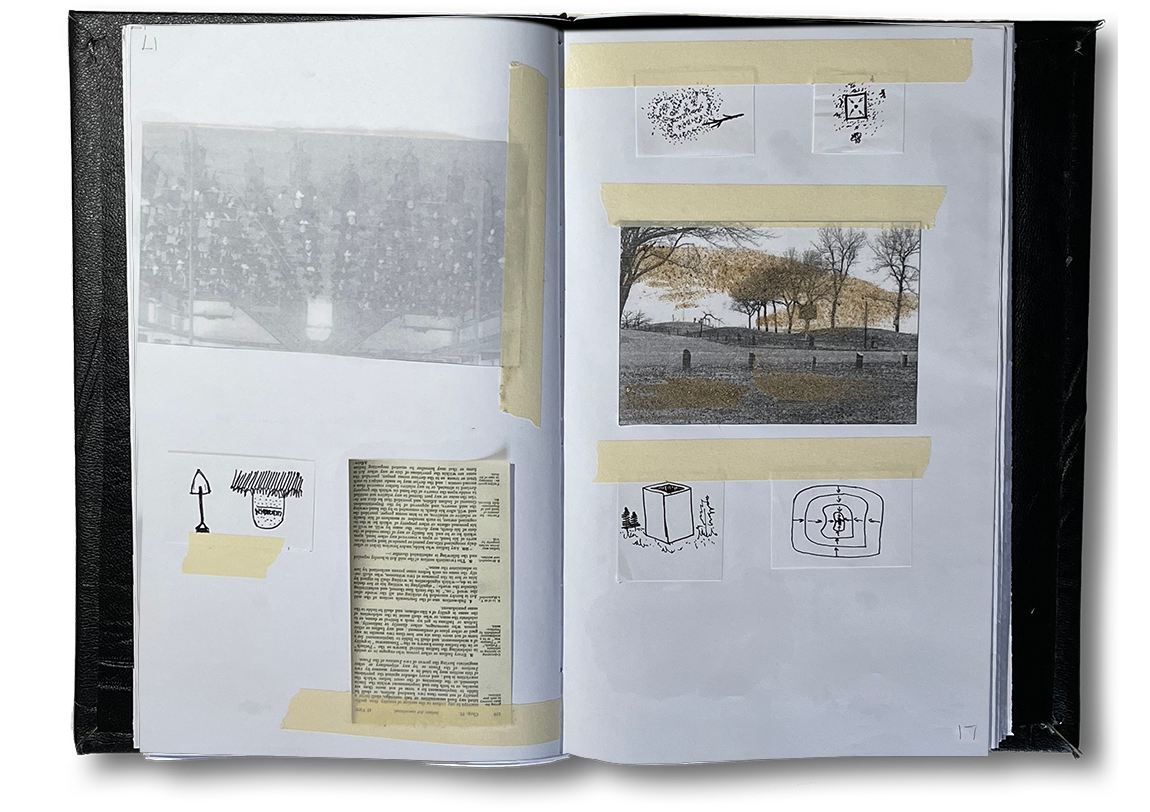
-
#17 titled The Terrain shows a repetitive process of digging up earth and piling it aside the hole it creates, forming a new topography. Similar to the construction system of cut and fill, the drawing references the operations that took place at these schools, all children performing the same actions, wearing the same uniforms, speaking the same English. Extensive mandatory laboring also took place at these institutions in order for them to function, bringing life to the phrase “digging one’s own grave”.
-

-
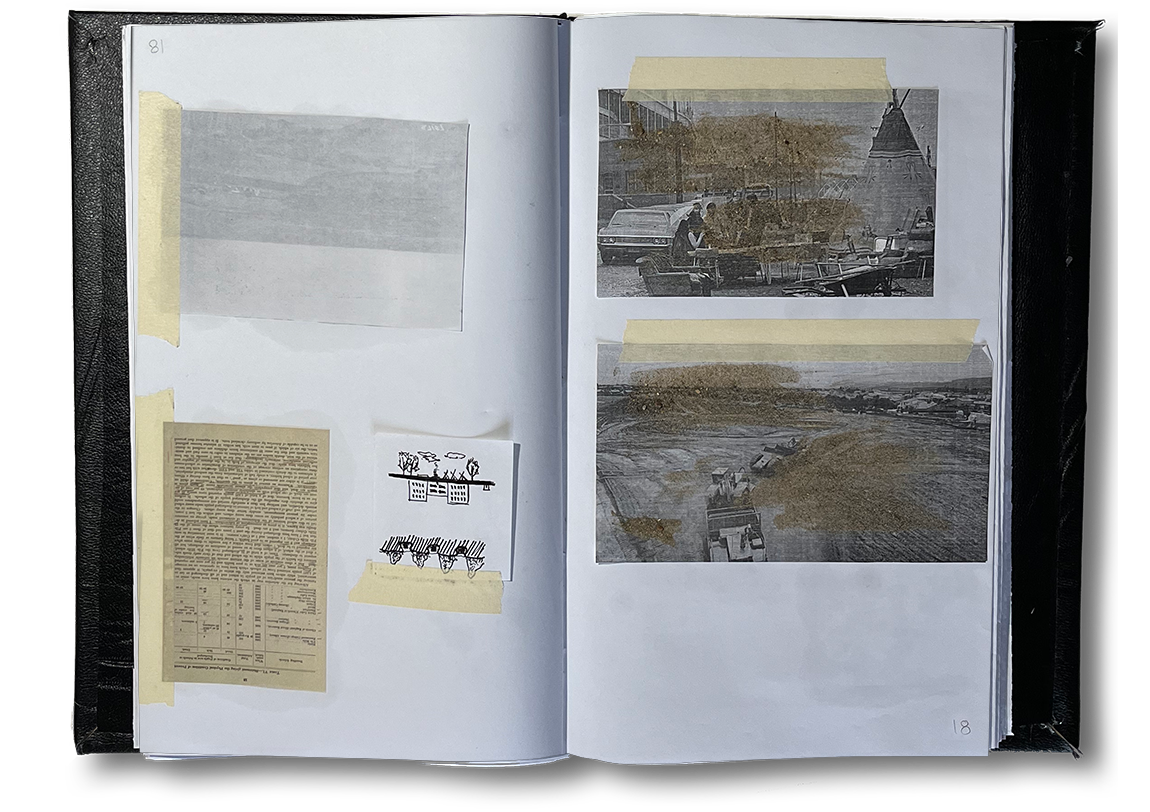
-

-
#18 titled The Hill shows a staircase stepping down with landings periodically. This drawing references the relationship between natives and colonizers throughout history and the treaties signed between the groups that were consistently disregarded. Specific instances of this disregard are best noted in both Manifest Destiny and The Trail of Tears. Manifest Destiny was the idea held that colonizers were destined by God to continue expanding dominion and democracy over the North American continent. And The Trail of Tears was an event that caused the displacement of over 60,000 native americans from their lands as a part of an ethnic cleansing attempt which occured from 1830 to 1850.
-
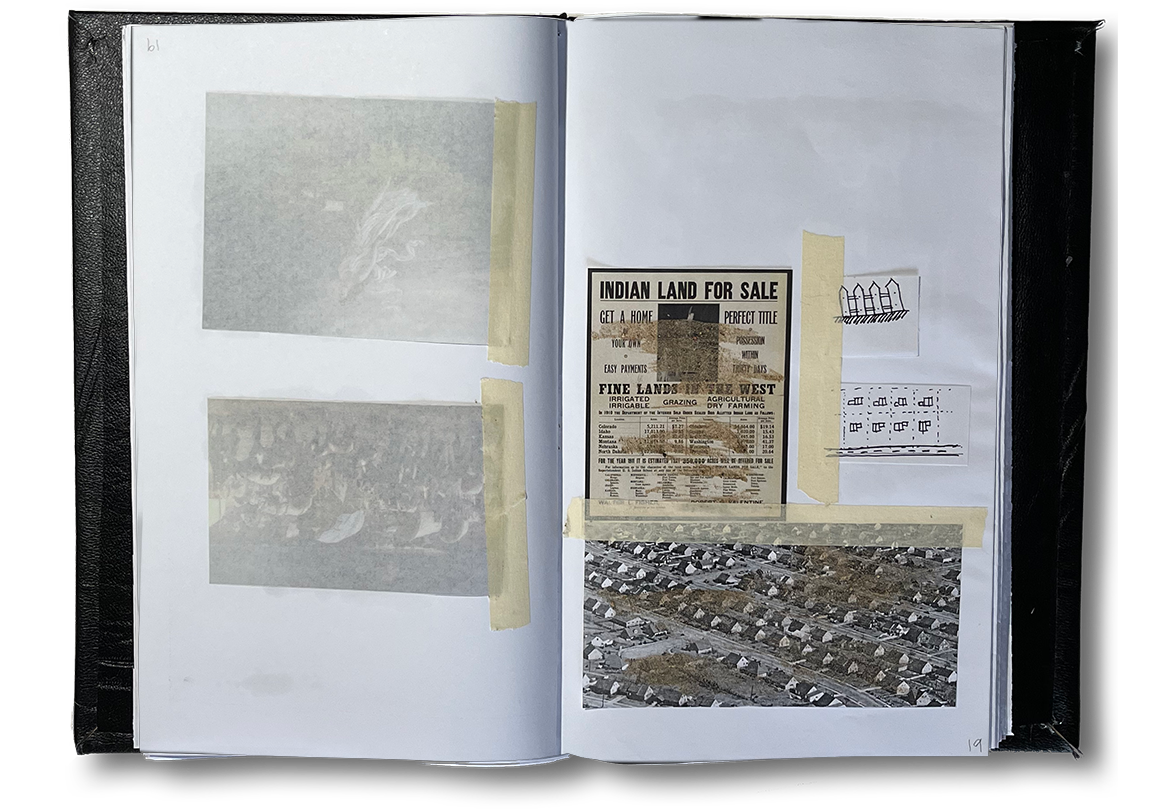
-
#19 titled The Community shows nine points each with their own spheres of influence that overlap with one another, but it also illustrates the shrinking of each sphere over time. This shrinking refers to the reduction of native identity and loss of connection throughout the continent due to the role of colonizers. What was once a body of interconnected tribes and regions became reduced down to isolated reservations where native americans currently live apart from one another with few relations to anyone else, the shared history between them fading.
-

-
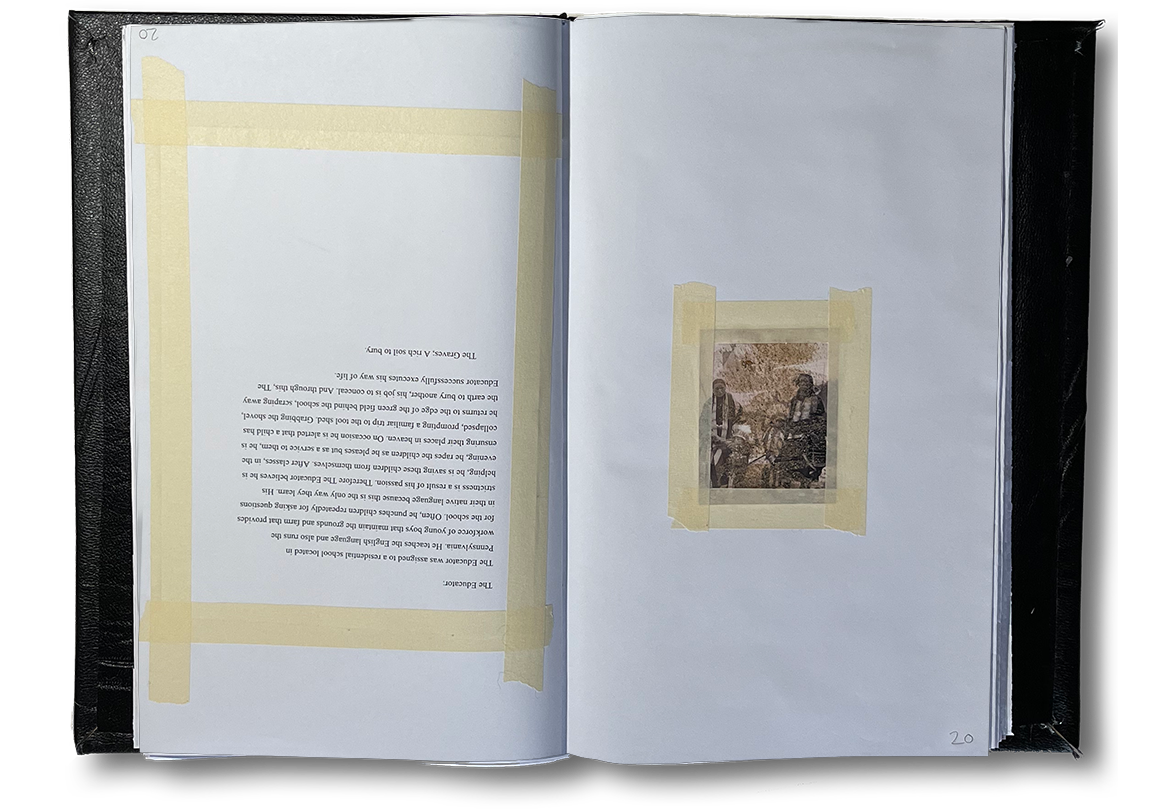
-

-
#20 titled The Cage shows metal bars entrapping a space within them. This notion and feeling of being imprisoned inside a cage is reflected in the generation of native americans who lived through the horrors of residential schools and continue life accommodated to dominant culture. Survivors of the schools often lock away the memories of the past as they are painful and attempt to consume them whole. Additionally, the removal of natives from their lands and the conversion of the natural landscape to sprawling urban centers mimic the reductive function of the cage.
-
Back